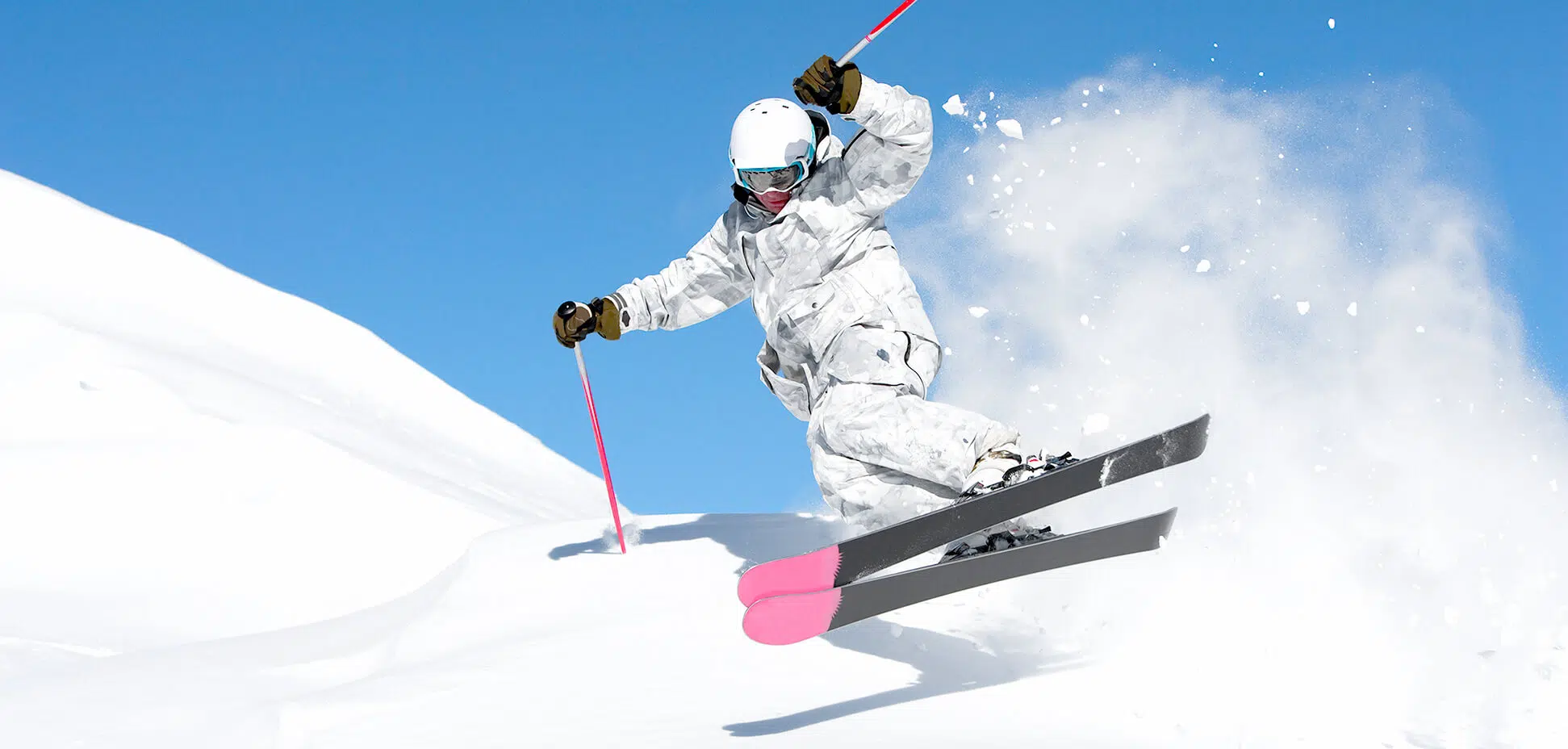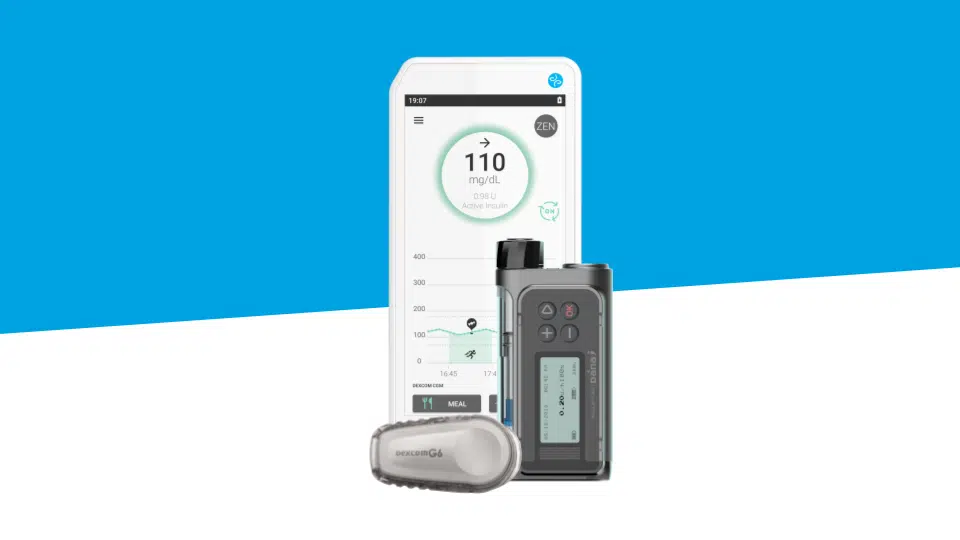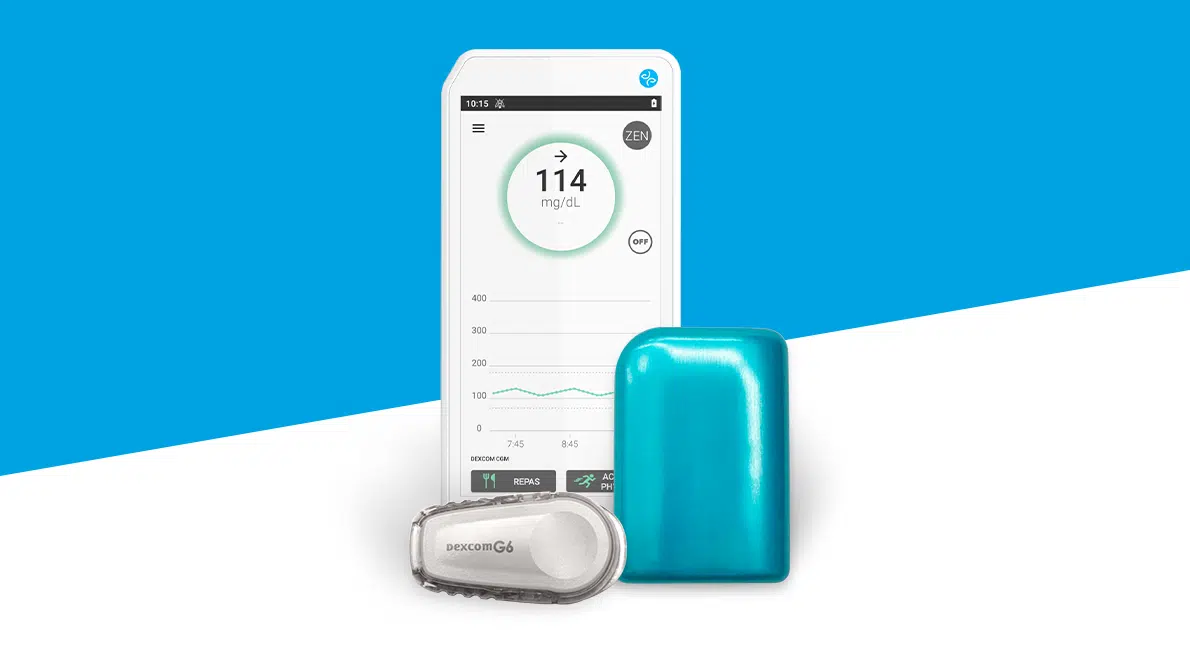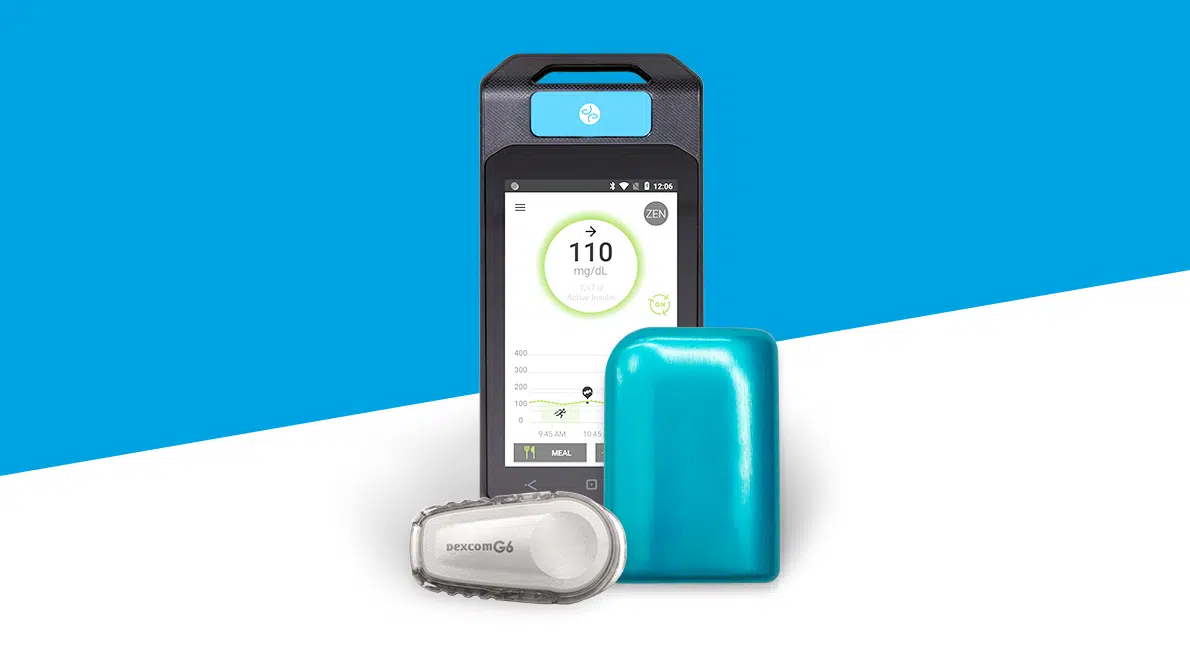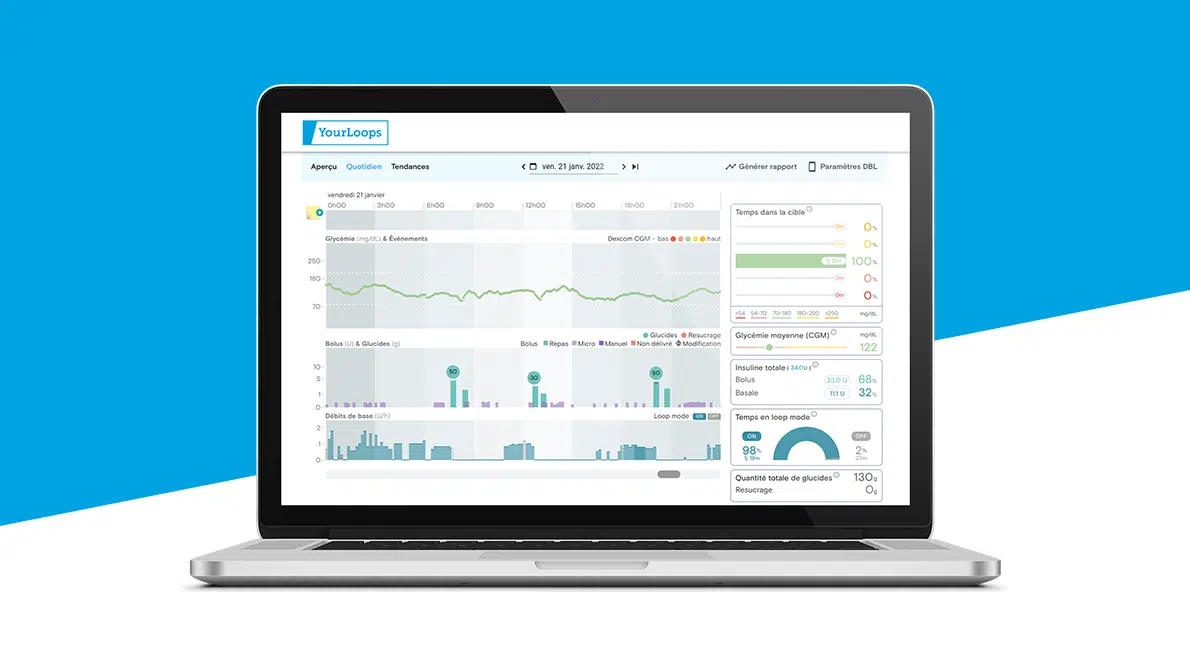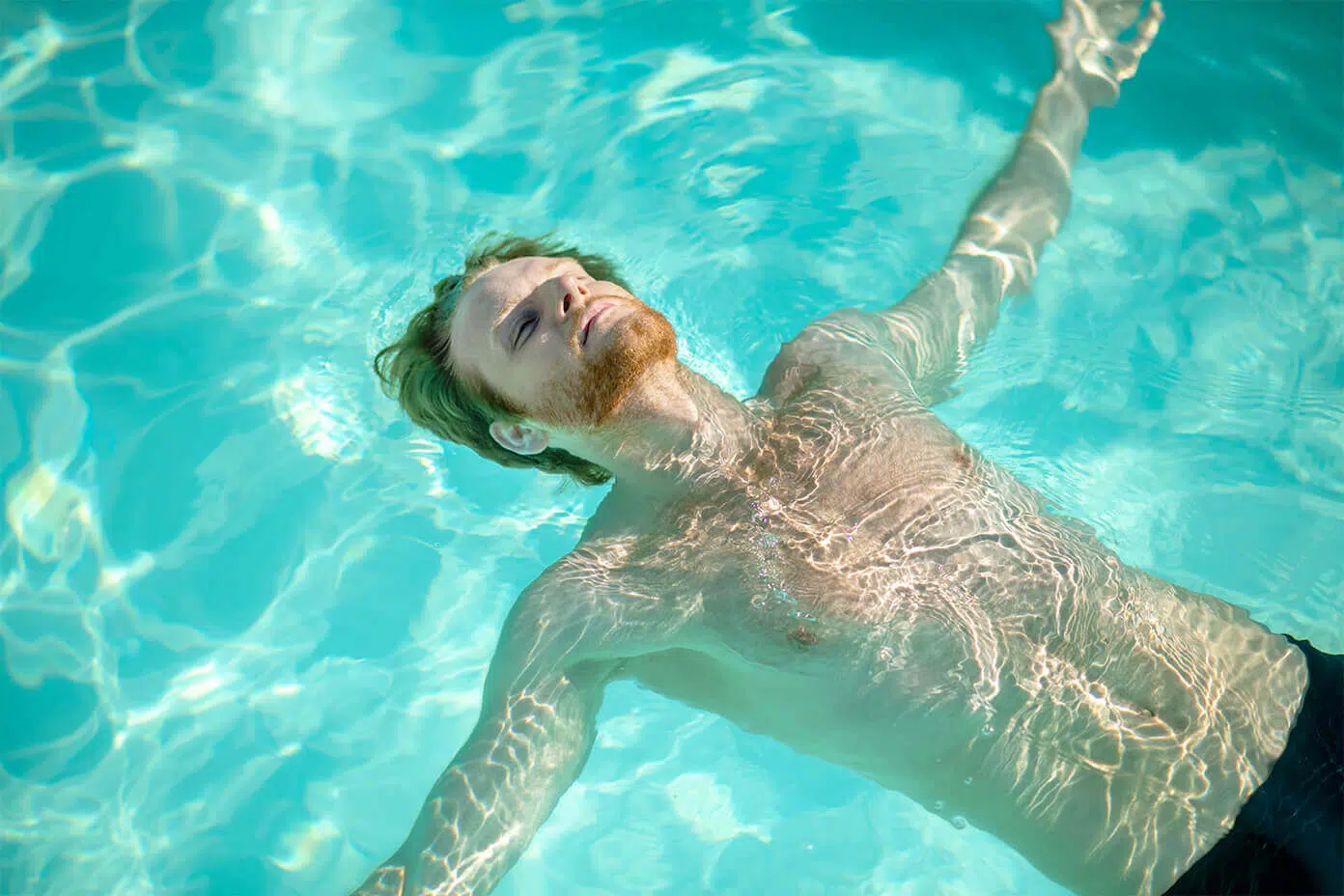
Diabetes and swimming: all you need to know to feel confident in the water this summer
When the sun’s shining on a glorious summer’s day, there’s nothing you want to do more than take a swim! Swimming is one of the first activities you think about in the summer. But your needs will vary widely depending on whether you’re going to swim lengths or just go for a dip in a pool or lake, or at the beach. So, when you have T1D and fancy a swim, what steps can you take to manage and adjust?
Swimming, the leisure activity of the summer!
Who wouldn’t want to soak up the sun on a beautiful summer’s day? Wherever you’re planning on swimming in salt water, freshwater or chlorinated water, it’s best to take a few precautions when you’re living with Type 1 diabetes.
In hot weather, you’re likely to have hypos even if you’ve had your regular doses of insulin and have accurately calculated the carbs you’ve eaten. This is because the heat causes your blood vessels to dilate, resulting in the carbs being absorbed more rapidly. Generally, after the hottest part of the day, your body will adjust and you can start taking regular doses of insulin again. However, not every person with Type 1 diabetes will react the same way in the heat.
To make the most of this long-awaited leisure time, you could:
- bring a picnic and/or some snacks;
- take a swim;
- play beach volleyball or another beach game;
- stay quietly on beach towel with a good book and/or just soak up the rays
Having a picnic? Try to assess how many carbs you’re eating the best you can.
Tempted by an ice cream? Take a bolus dose!
Planning on taking a short swim or playing volleyball? Your body will need some energy, so plan around that!
Chilling out on your towel? You won’t need much energy.
The trick is to calculate the carbs that you’re eating and the energy you need for your activities to work out your dose of insulin as best you can. This can vary widely from person to person. Someone who is super sporty playing a volleyball game will expend less energy than someone who isn’t used to working out regularly.
It’s best to regularly monitor your blood sugar, especially if you’re not 100% sure, so that you can adjust it as soon as necessary.
Type 1 diabetes and swimming: what precautions can I take?
We all know that swimming is a full-body workout with some great health benefits (for your muscles, heart, lungs and joints, etc.) If you’re living with T1D and are already a swimmer or want to start swimming regularly, make sure you monitor your blood sugar before and after the swim.
When you’re swimming, your body will burn energy. Before starting your lengths, think about adjusting your insulin dose. If you’re on an insulin pump, you’ll need to lower or stop your basal insulin. If you use insulin pens, lower your rapid-acting insulin dose or even your slow-acting one. You can speak to your healthcare professional about this for specific advice.
Swimming is an endurance sport. As far as food goes, it’s best to opt for slow-release carbohydrates (starchy foods) before exercising. Some of us will have to eat slow sugars again after exercising to avoid delayed hypoglycemia, which can occur several hours afterward. And yep, your body continues to burn off energy even (and especially) after you’ve exercised!
The requirements will vary for each person living with Type 1 diabetes, as well as for each swim. So, if lowering your supply of insulin works one time but not the next, don’t panic! Having T1D means continuously adjusting your levels. Your needs are bound to fluctuate depending on what you eat and how fatigued or stressed you are, among other things.
Bag with your hypo and diabetes management supplies
When you’re at the pool or the beach, it’s vital to take your supplies with you along with something to top up your sugar levels.
- For those of us with continuous glucose monitoring (CGM) and/or “patch” insulin pumps, there are waterproof covers that stop the sensor or pump from peeling off when you get in the water. Some people even use thick band aids. The same goes for the catheter on a tethered insulin pump.
If you’d rather your diabetes management equipment wasn’t visible, one-piece bathing suits are all the rage right now, and long shorts are a great beach staple.
- As for the equipment that isn’t on your skin (tethered insulin pumps, insulin pens and capillary glucose meters): slip your case into your bag! At the pool, you can leave your things in a locker. And at the beach, why not use an isothermal bag? These stop the insulin and equipment from overheating, which can affect their effectiveness. Put it away in your bag and leave in the shade while you go for a dip. Ideally, once opened, you’ll want to keep the insulin at an ambient temperature of 20-25°C.
- Pack something that you can eat or drink to top up your sugar levels. A carton of fruit juice or a few cubes of sugar won’t take up much space in your bag and will give you peace of mind if your sugar levels get low.
And don’t worry: you can always grab an ice cream at the beach. Not a bad plan B.
Hopefully, we’ve shown that while bathing and swimming require a few adjustments, you can be a T1D pro in no time – both in and out of the water!

